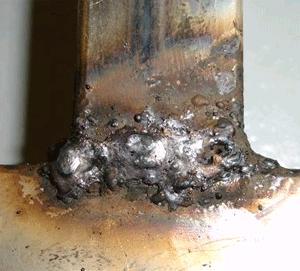alosix
Expedition Leader
Good point, although I was just about to drop the coin on a bigger 220v machine, then realized you can plug a 110 machine in just about anywhere. Never know when that will be useful.
There are a few Millers now that will work with 110 and 220, I think they put DVI in the name somewhere.
I've done most of my work and 'learning' on a MM175. Have used 3 different versions of those and did a little work on a 110v lincoln.
I've found that the Miller would do anything I needed on a Jeep. The mig tends to be really helpful with out of position welds that are common working on a vehicle. Its one thing to do nice pretty Tig welds on a bench, its another to be attaching a shock mount while lying on your back in a garage.
Take your time. Miller has a few really good books that you can order on their website. There's a student pack that covers most processes (Tig, Mig, etc) so you can read up on them even if you don't have the equipment to do it.
TIG is awesome for the ease of cleanup, knowing you got penetration, and just the look of the weld. If I was in a stationary position working on parts and brackets I'd def choose that. Much less chance of warping things do to heat control.
MIg on the other hand I find to be the 'jack of all trades' machine. For vehicle fab you rarely work on anything but steel so it will cover that. They are really easy to setup and once you become proficient with it you can really get some work done during the day. Nothing like working in a shop and burning through 1/2 a spool working on projects in a day or weekend.
To learn for a garage fabricator, I'd pickup a decent 220v MIG if possible.
Jason

